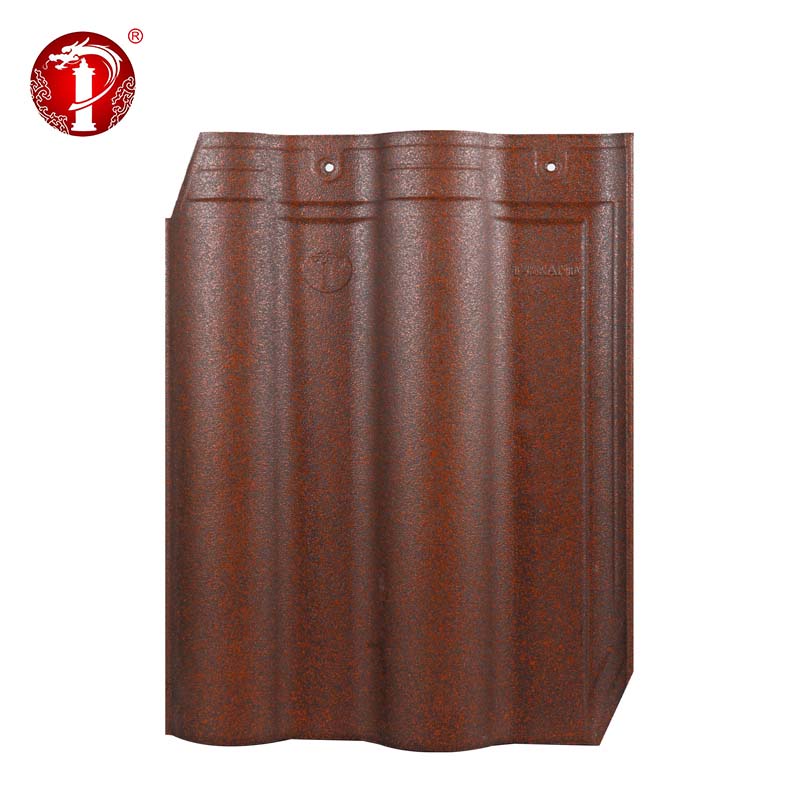Types of Ceramic Roof Tile
2024-07-04
Ceramic roof tiles come in various types, each with unique characteristics and suitable for different architectural styles and climates. Here are some common types:
1. Flat Tiles:
- Plain Tiles: Small, rectangular tiles that are typically laid in a double-lap pattern, giving a traditional look.
- Interlocking Flat Tiles: Have interlocking edges to provide better weather resistance and easier installation.
2. Curved Tiles:
- Mission Tiles (or Barrel Tiles): Semi-cylindrical tiles that are laid in alternating concave and convex rows, creating a distinctive ripple effect.
- S-tiles (or Spanish Tiles): Combine the concave and convex shapes in a single tile, making installation easier while providing the same aesthetic.
3. Pantiles: S-shaped tiles that create a wave pattern, providing a traditional look with good drainage capabilities.
4. Roman Tiles: Similar to pantiles but with a flatter profile and a more refined look. They often have a roll and a pan design.
5. Interlocking Tiles: Designed with interlocking edges that provide a tighter fit and better protection against the elements, making them suitable for harsher climates.
6. Mediterranean Tiles: Often a blend of mission and S-tiles, these tiles provide a classic Mediterranean look with excellent drainage and weather resistance.
7. Shingle Tiles: Resemble wooden or asphalt shingles but are made of ceramic. They offer a more modern appearance while retaining the durability of ceramic.
Each type of ceramic roof tile offers unique benefits and aesthetic qualities, making them suitable for various architectural styles and environmental conditions. If you have specific requirements or a particular style in mind, I can provide more detailed information on the most suitable types for your needs.



